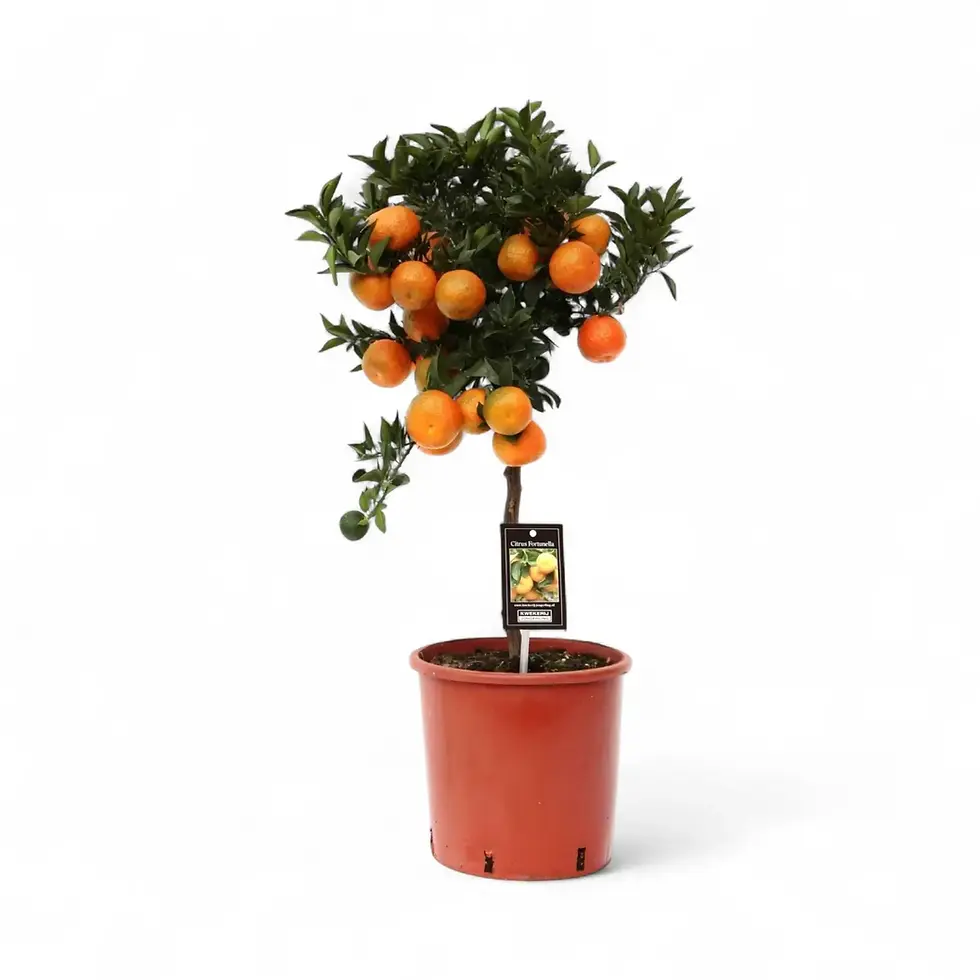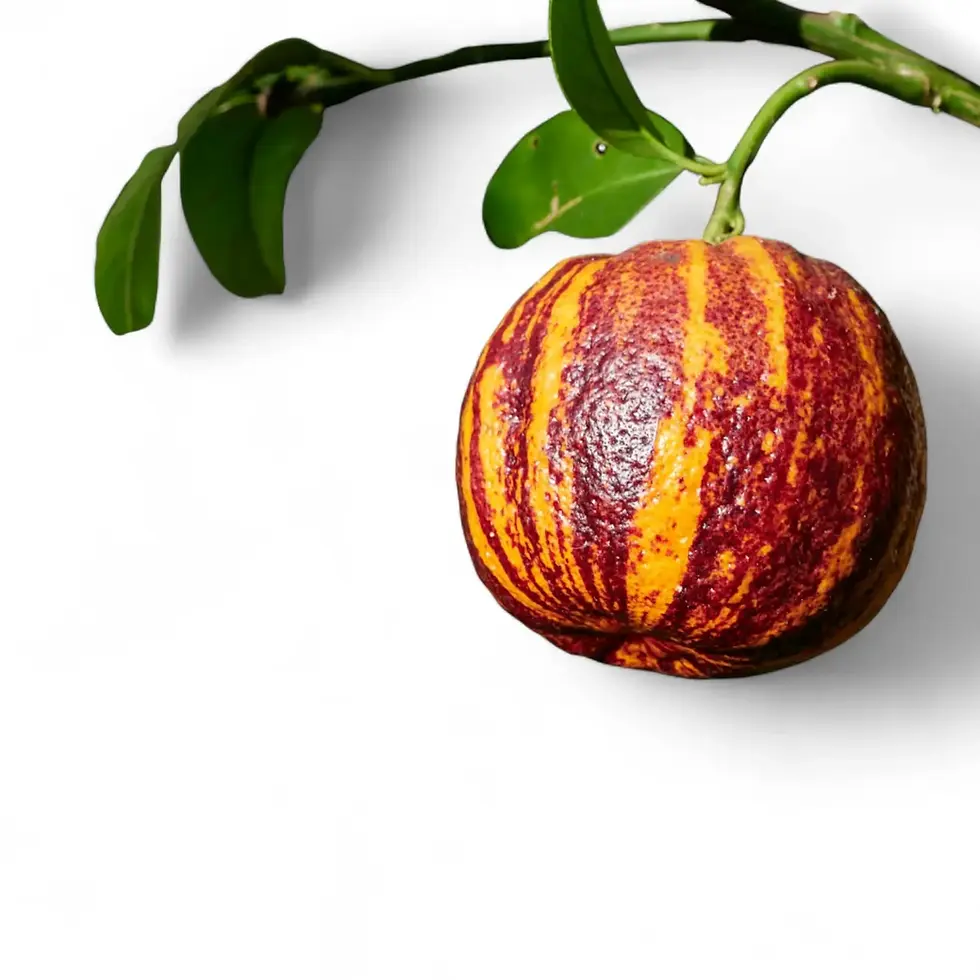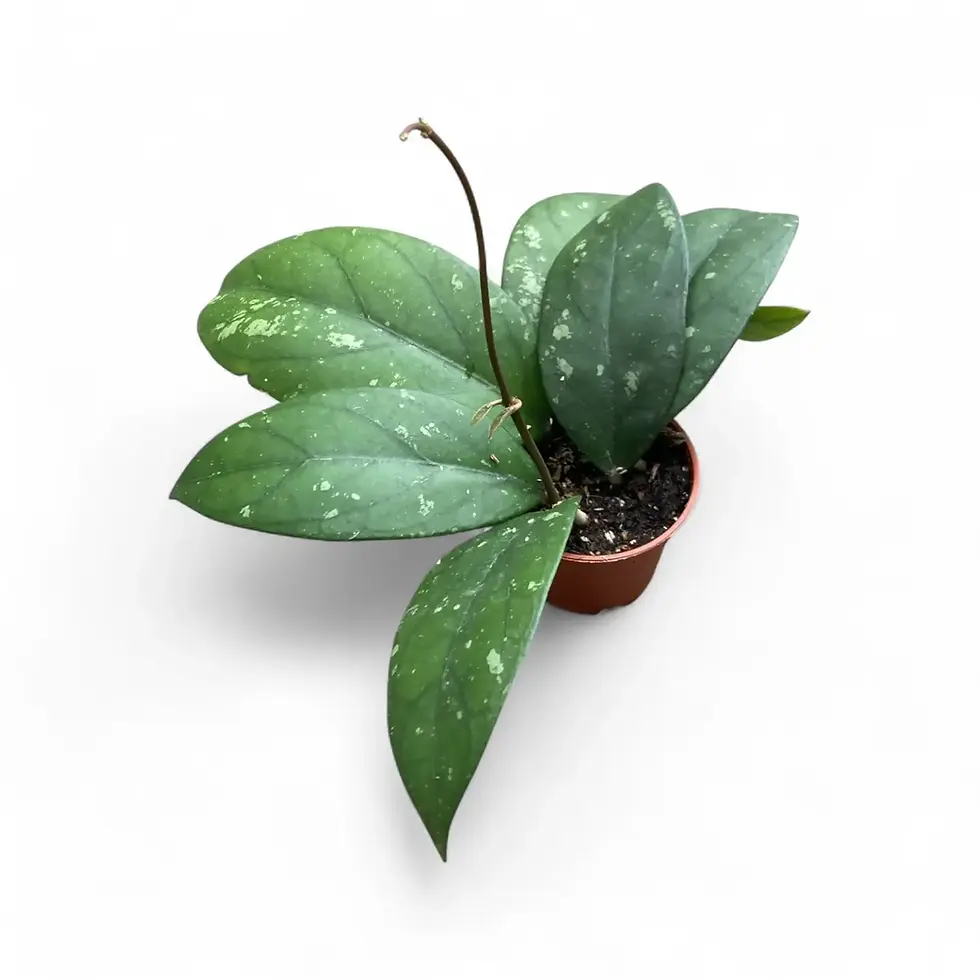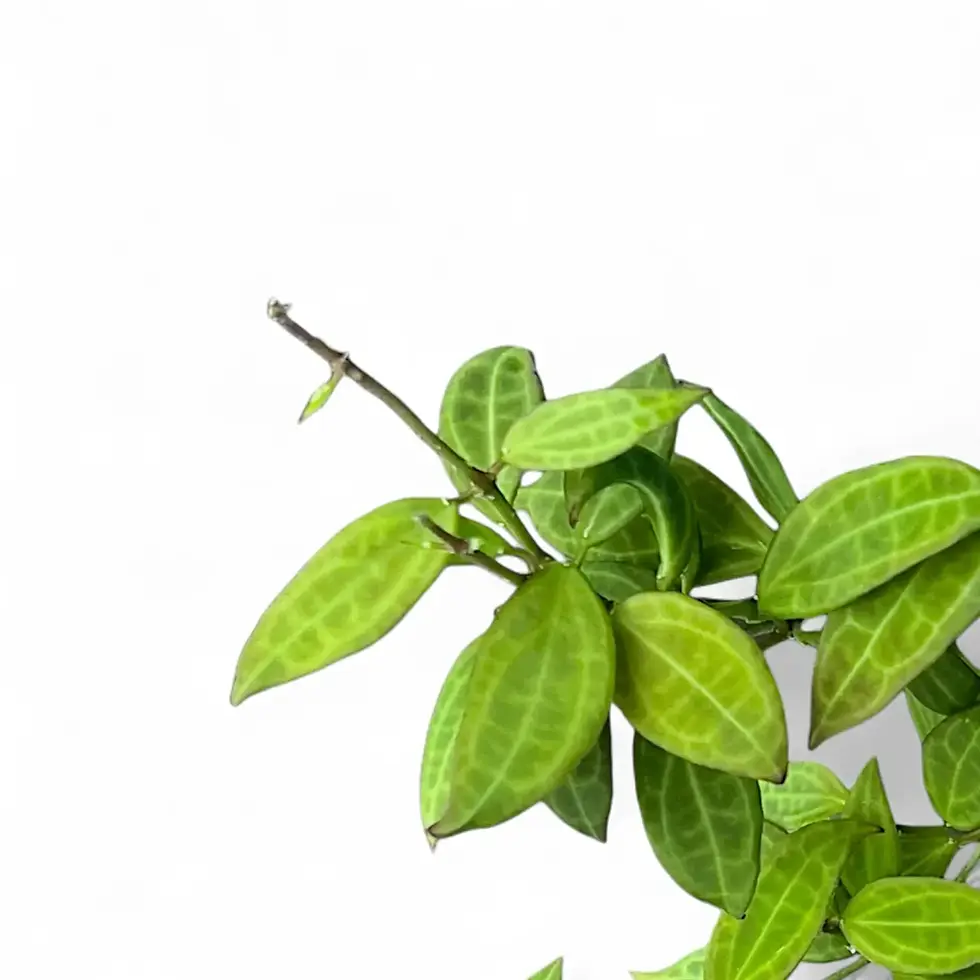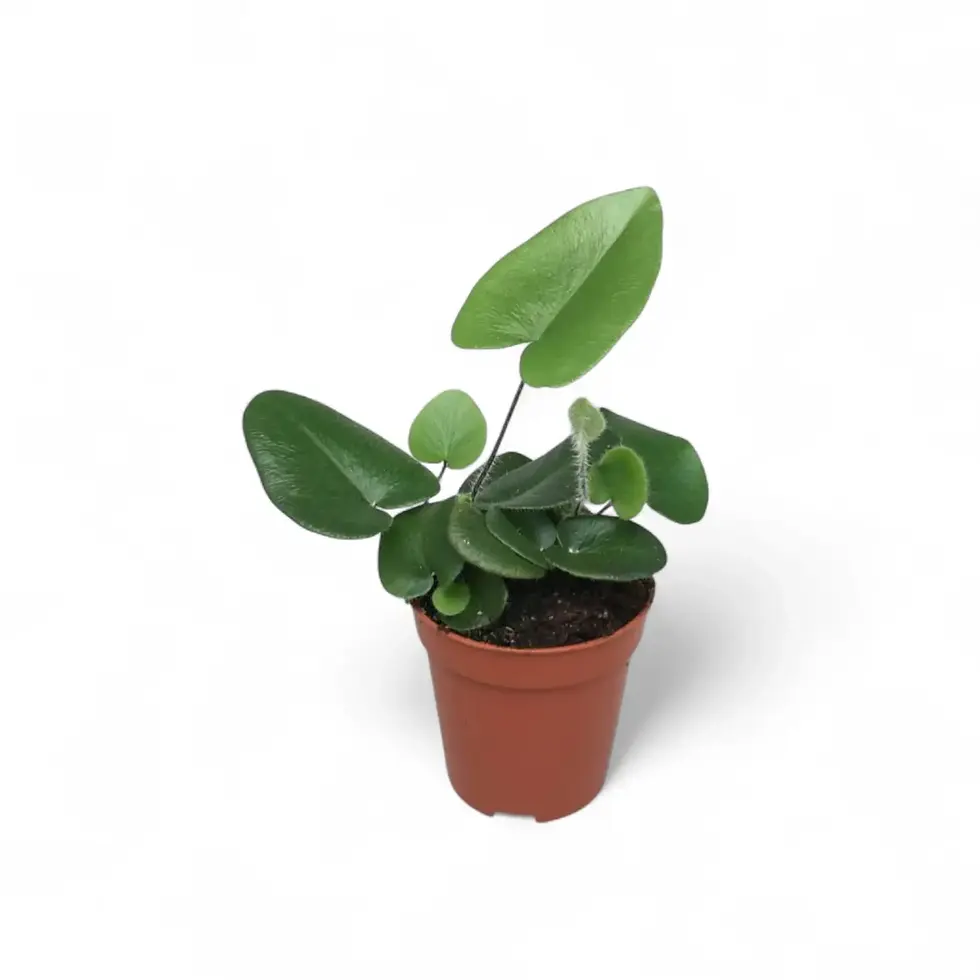Ficus carica – Your Indoor Fig Tree for Foliage, Fruit, and History
If you’re after bold, Mediterranean vibes in your living space, Ficus carica delivers. Known as the common fig, this historic plant offers large, deeply lobed leaves and the potential to grow real fruit — even indoors. Its striking silhouette, easy structure, and edible rewards make it a meaningful and functional houseplant for growers who want more than just green.
Ficus carica – What Sets It Apart
- Distinctive foliage: Broad, textured leaves with dramatic lobes – 10 to 25 cm wide.
- Indoor fruiting potential: Parthenocarpic varieties ripen without pollinators.
- Deciduous rhythm: Naturally drops leaves during winter dormancy — no need to panic.
- Long-lived: Thrives for decades in containers with consistent care.
- Compact form: Reaches 1–3 m indoors; much taller outdoors.
Where Ficus carica Comes From
This fig species is native to the Mediterranean Basin and parts of Western Asia — including modern-day Portugal, Greece, Turkey, and Afghanistan. In the wild, it thrives in hot, dry summers and mild, wet winters, often growing in rocky soils or hillside habitats with excellent drainage. These roots explain its love for sun, airflow, and periodic dry spells indoors.
Botanical Details
- Growth form: Small deciduous tree or large shrub with spreading canopy.
- Pollination: Indoor cultivars are self-fruiting; no wasps or cross-pollination needed.
- Toxicity: Sap can irritate skin and mucous membranes; mildly toxic if ingested by pets or humans.
- Lifespan: Well cared for, figs live 30+ years even in containers.
How to Care for Ficus carica Indoors
- Light: Needs 6–8 hours of full sun or strong grow light — south-facing windows are ideal.
- Watering: Water deeply when the top 50 % of the substrate is dry. Avoid standing water.
- Temperature: Prefers 15–25 °C. Short dips to 10 °C during dormancy are tolerated.
- Humidity: Standard indoor humidity is fine — no extra misting required.
- Soil mix: Use loamy substrate enriched with 30 % sand or perlite for drainage. pH around 6.0–6.5.
- Fertilizing: During the growing season, feed every 4–6 weeks with a balanced liquid fertilizer (e.g. 10-10-10).
- Repotting: Every 2–3 years in spring. Choose a wide, heavy pot to stabilize the base.
- Pruning: After winter rest, cut back leggy branches by up to one-third to shape and encourage fruiting.
- Propagation: Easy via semi-hardwood cuttings or air layering.
- Hydroponics: Can adapt to mineral-based semi-hydro substrates with steady nutrients and bright light.
Smart Growing Tips
- Rotate monthly to avoid leaning and encourage balanced canopy growth.
- Use stakes or supports when branches become heavy with developing fruit.
- To limit size, trim roots slightly when repotting and avoid upsizing the pot too often.
Troubleshooting: Common Issues and Remedies
- Fruit dropping prematurely: Often caused by low light or underwatering — correct environmental stress.
- Yellowing foliage: Usually due to overwatering or compacted soil — improve drainage and let it dry slightly between waterings.
- Fungal issues: Rust or powdery mildew are common — increase airflow and remove affected leaves promptly.
- Pests: Scale insects, spider mites, and mealybugs can appear — treat with neem oil or insecticidal soap.
Additional Insights for Success
A healthy fig tree can start fruiting after 2–3 years indoors — especially with consistent light and a large enough container. Growth may slow in winter, but that’s part of its natural rhythm. Don’t overwater during dormancy, and expect leaves to regrow in early spring. With good conditions, you may even get two small harvests per year.
Fun and Historic Facts
- Figs were one of the first crops ever cultivated — grown in the Jordan Valley as early as 9400 BCE.
- Mentioned in ancient texts from Greece, Egypt, and the Bible — symbolizing knowledge, abundance, and peace.
- Used in traditional cuisine from Spain to Iran — both fresh and dried.
What the Name Means
The name Ficus is Latin for fig, while carica refers to Caria, an ancient region in southwest Turkey known for fig production. The species was formally published by Carl Linnaeus in Species Plantarum in 1753.
Good to Know – FAQs About Indoor Fig Trees
1. Do indoor figs need pollination to produce fruit?
No — cultivated types like Ficus carica are parthenocarpic and fruit without any pollination.
2. What pot size should I start with?
Begin with at least a 30 cm pot. Upgrade every few years, but limit upsizing to keep growth manageable.
3. How long before a fig tree fruits indoors?
Usually within 2–3 years if grown in strong light with ample root space.
Grow a Classic, Indoors
Ready for the rewards of bold foliage and sweet fruit? Order Ficus carica now and bring the timeless appeal of a Mediterranean fig tree into your home.
Ficus carica
Ficus carica is approximately 70 cm tall and comes in a ⌀ 17 pot






